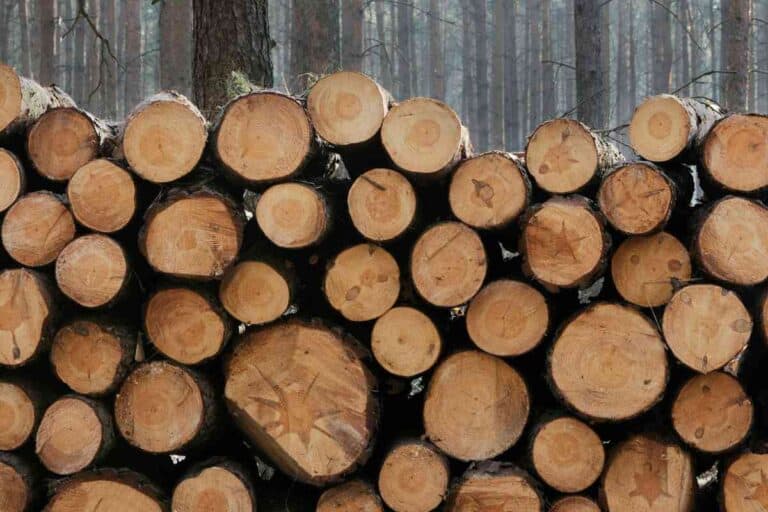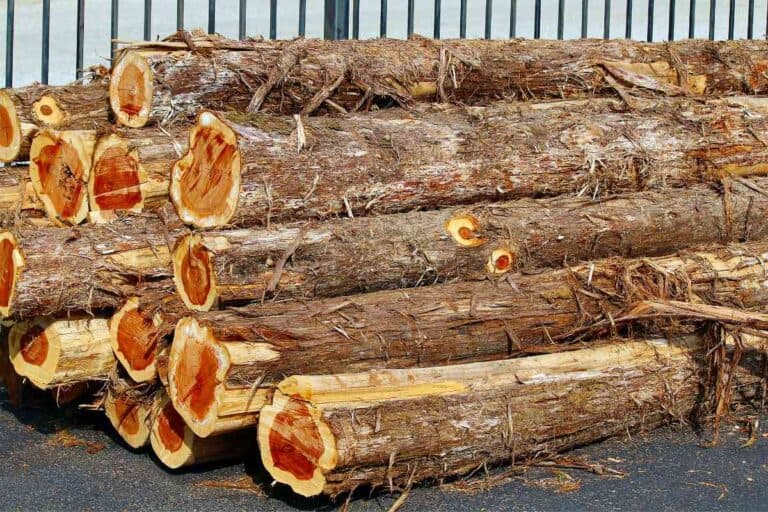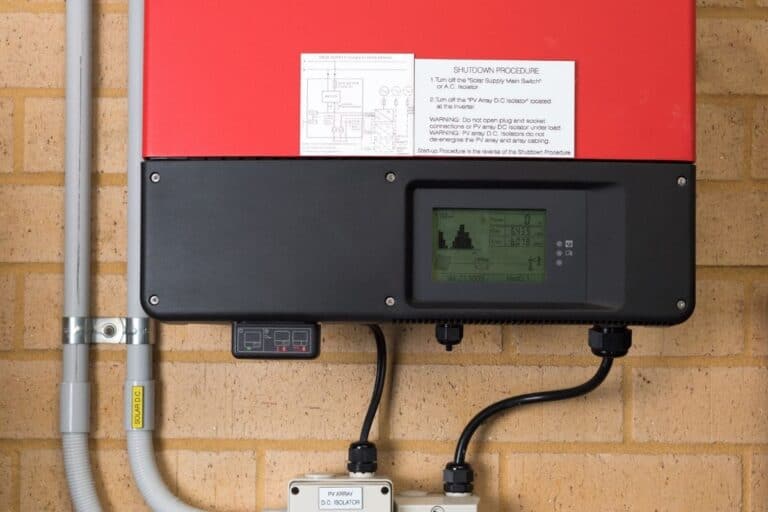Is Chinese Elm Good Firewood?
Chinese elm, also known as Lacebark elm, is the hardest type of elm that is unlikely to splinter. It is popular as a material for the construction of furniture, baseball bats, and even hardwood floors. The wood holds up well against pests and termites, but is Chinese Elm a good choice for firewood?
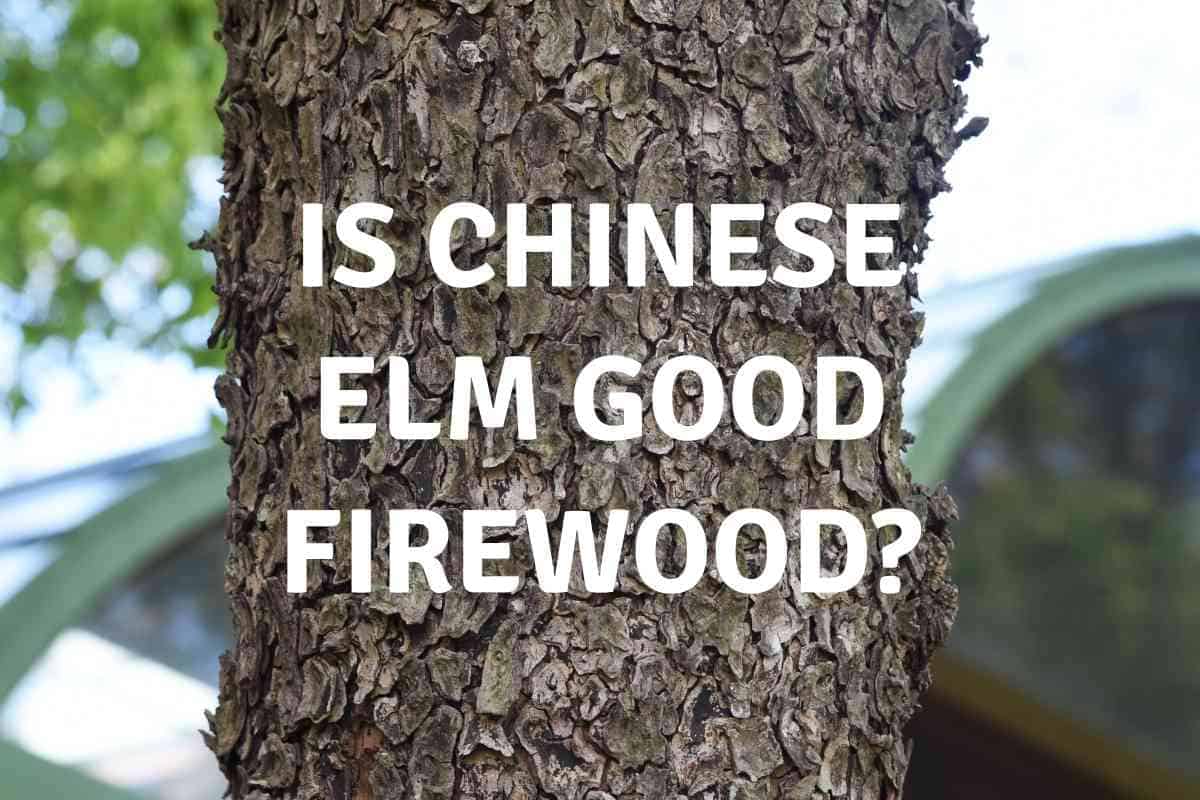
Is Chinese Elm Good Firewood?
Chinese elm is not good firewood. You can use it on your indoor stove or when camping, but it is poor-quality firewood, thanks to its low heat output, long seasoning periods, difficulties in splitting, and the fact that it can be smoky.
Chinese elm is a beautiful tree that you can use to line streets and driveways.
As a hardwood tree, it comes in handy when you need to create long-lasting structures, such as floors.
The tree is native to Eastern Asia in China, Taiwan, Vietnam, and South Korea among other countries.
In this article, you will learn more about why Chinese elm may not be the best choice for firewood.
Why is Chinese Elm Not Good Firewood?

Chinese elm is so tough, which makes it unsuitable for use as firewood.
You will have a hard time trying to chop it up, and the wood will also take so much time before it catches fire.
The wood also absorbs water fast and rots and retains wetness, which further reduces the heat output from the wood.
Even when the wood is well-seasoned, the elm still has a low heat output compared to other types of wood.
After burning Chinese elm, you will have a lot of sand, dirt, and ash to clean up.
Another challenge with the wood is seasoning.
While most hardwood trees require about a year to season, Chinese elm requires a couple of years to season before you can use it in your fireplace.
Even then, the heat output will still be relatively low and the amount of ash produced will be relatively high.
How Does Chinese Elm Firewood Burn?
Thanks to the tough nature of Chinese elm, it burns slowly, and you can have burning all night and still have some coal left to light up a fire
This slow-burning process produces a lot of ash and cleaning up will not be an easy process.
As it burns, it produces moderate levels of smoke, unless it is wet, then it will produce a lot of smoke.
There is a decent scent that comes from the stove as it burns, which is a good thing, whether you burn it indoors or you burn it outdoors.
The peppery smell is not as strong as you get from hickory or other types of woods with a spicy smell, but it is decent enough.
There is nothing wrong with burning Chinese elm.
It is not poisonous, and it gives you a good spicy scent as it burns, but it is not the best choice for firewood.
Learn More: Read our Ultimate Guide To Firewood!
How Is Chinese Elm as Firewood Compared to Other Firewood?
Chinese elm is relatively poor as firewood compared to other firewood in terms of heat output, smell, and difficulty in splitting.
However, the firewood produces good coals, is not very smoky, and does not spark.
Heat Output
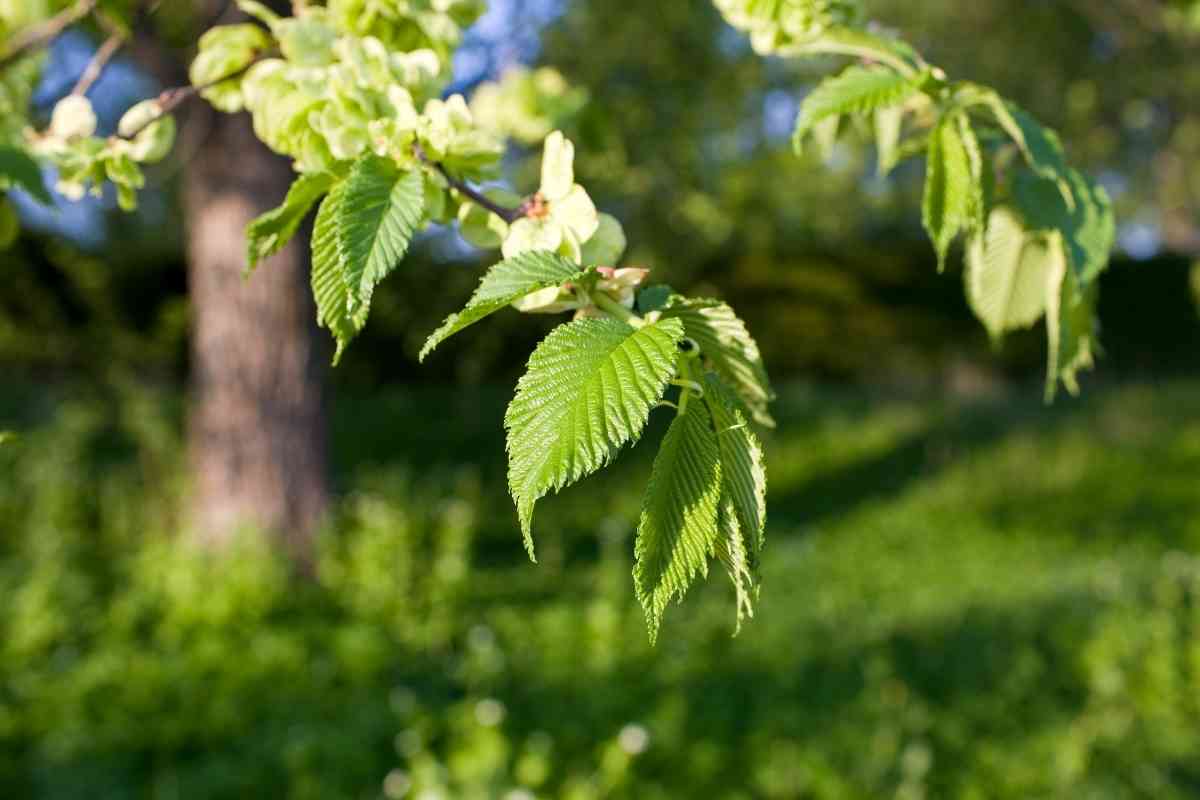
On heat output, Chinese elm produces 20 million BTUs (British Thermal Units), which is low compared to other firewood in its category.
For instance, hickory produces about 28.5 million BTUs and it is in the same class as Chinese elm.
As such, if you need the wood to warm your home, or you need to cook something, the Chinese elm will take longer than hickory or white oak, or black locust.
The trees with the best heat output have more weight per cord compared to the trees with the least heat output, such as Elm and Aspen.
If heat output is important to you, then Chinese elm will not serve you much.
You can, however, use it for a campfire as it will burn all night, and you can be close to the fire.
Smoke
When it comes to smoking, Chinese elm is not the worst and neither is it the best – it falls in the middle.
It may produce more smoke than ash and oak, but it is better than several other types of firewood.
If the Chinese elm produces a lot of smoke, it is an indication that it is not well dried.
Sparking
Does Chinese elm spark as it burns? Chinese elm does not spark while burning, which is a good thing for indoor and outdoor fires.
Woods, such as Mulberry produce a lot of sparks, which makes them a fire hazard whenever you use them.
Smell
Chinese elm falls in the middle of the spectrum when it comes to smell.
Cherry and hickory have the best smells, and you can use them to smoke meats and for barbecue.
Elm is not the best for barbecue, thanks to the fact that it has a peppery smell.
The main challenge with elm is that it takes on the smell of the environment it grows in.
For instance, elm that grows in a swampy area will have a very bad smell.
You need to watch where the elm comes from and ensure it is completely dry before you burn it.
Coaling
When it comes to coals, Chinese elm performs really well.
Most of the firewood at the top of the BTU output produces the best coals, but Chinese elm is surprisingly good.
The coaling properties of firewood determine how long the wood continues to burn.
Chinese elm is not as dense as hickory or oak, but it burns for a long time and leaves good coals.
Creosote
If you use the wood indoors, you will be worried about the build-up of creosote in the chimney.
Creosote is black tar deposited on the surface of your chimney from smoke.
In small quantities, creosote is not a problem, but in lathe quantities, the product can diminish ventilation in the chimney and can even be flammable.
Chinese elm has low sap content like other hardwood varieties.
As such, it does not produce as much smoke or form creosote.
Trees, such as pine have firewood that produces a lot of smoke and many people avoid using it indoors.
How Do You Identify Chinese Elm?
Chinese elm produces wavy annual rings.
Annual rings are the circles on a piece of wood when you cut a transverse section of the wood.
All other hardwood has annual rings, but theirs are normal circles with no waves.
If that is not working, you can identify it as a live tree.
Elm has alternate simple leaves with the edges of the leaf looking serrated.
The bottom of the leaves feels almost fuzzy more like peach.
Related Reading
- Can I Burn Railroad Ties? Why Not?
- Is Pin Oak Good For Firewood?
- How Long Does It Take To Season Oak Before You Can Burn It?
- The Ultimate Guide to Firewood: Types, Preparation, and Storage
- Using Hackberry For Firewood (The Right Way!)
- Drying Firewood? Read Our Ultimate Guide And Save Time!
- Tips For Using Poplar Wood For Firewood
- Is Chinese Elm Good Firewood?
- Using Pine For Firewood
- Is Water Oak Good for Firewood?
- Is Cedar Wood Good For Firewood? (Avoid This Mistake!)
- How Much Land Do I Need to Grow Firewood?
- Is Orange Tree Wood Good Firewood?
- Using Sycamore As Firewood? Consider This First!
- Is Silver Maple Good For Firewood? Answered!
- Why Is My Firewood Burning Blue And Green? Should I Worry?
Closing Thoughts
Elm has a couple of disadvantages as firewood, but you can still use it indoors or outdoors.
It takes longer to season, so allow it more than a year, and you will have good quality wood.
Besides the low heat output, most of the other weaknesses you can overlook.
You can cut Chinese elm by hand, but it takes so much effort.
As such, get a good woodcutter or a power saw to split the elm into small pieces for your wood stove.
Selecting the best firewood is important, whether you want to barbecue, camp or hike, or warm the home.
You can use the Chinese elm to warm your home, but it is not the best when you need to barbecue.
It may not provide enough heat for outdoor spaces when you go camping, but it will meet your needs indoors.
Although it is not the best kind of wood for firewood, you can still use it in different applications.
Away from firewood, Chinese elm works wonders in making furniture, baseball bats, and lining of streets.
It is a big and beautiful tree and the trunks can grow to a few feet wide.

